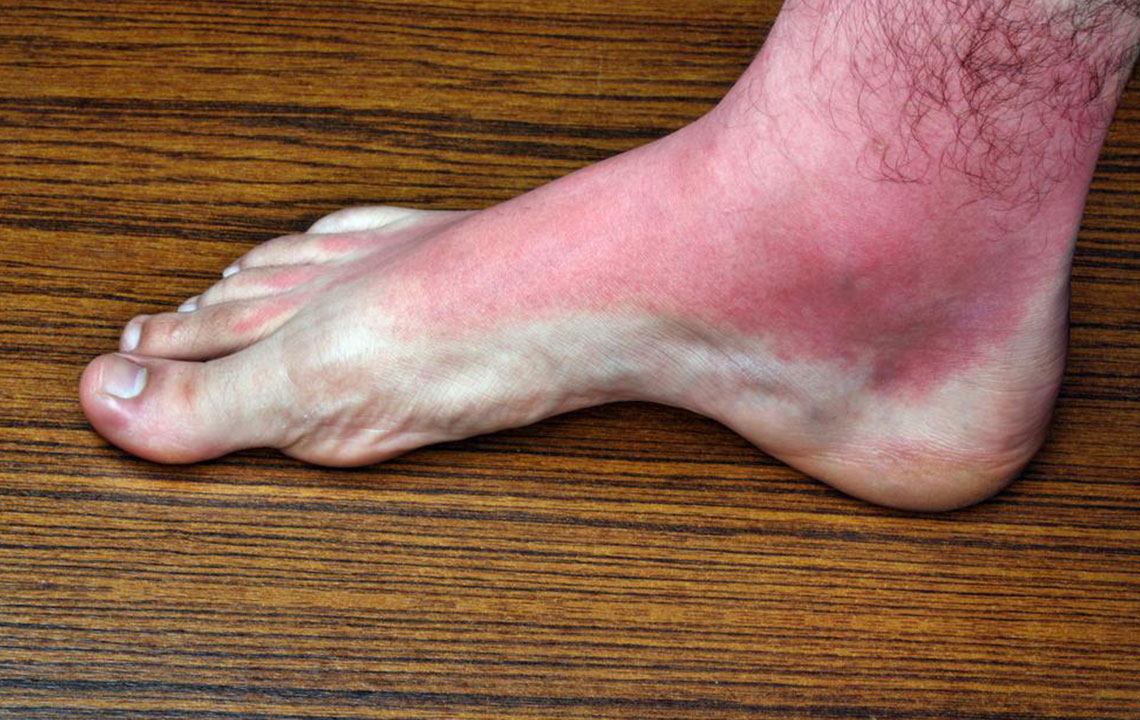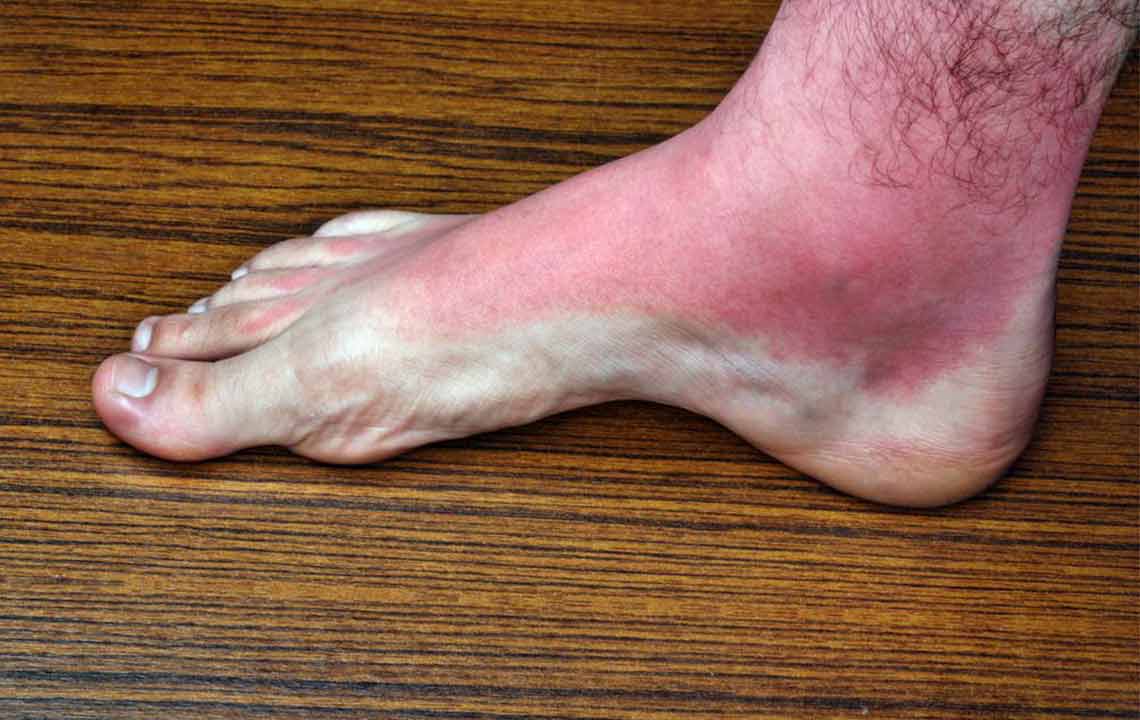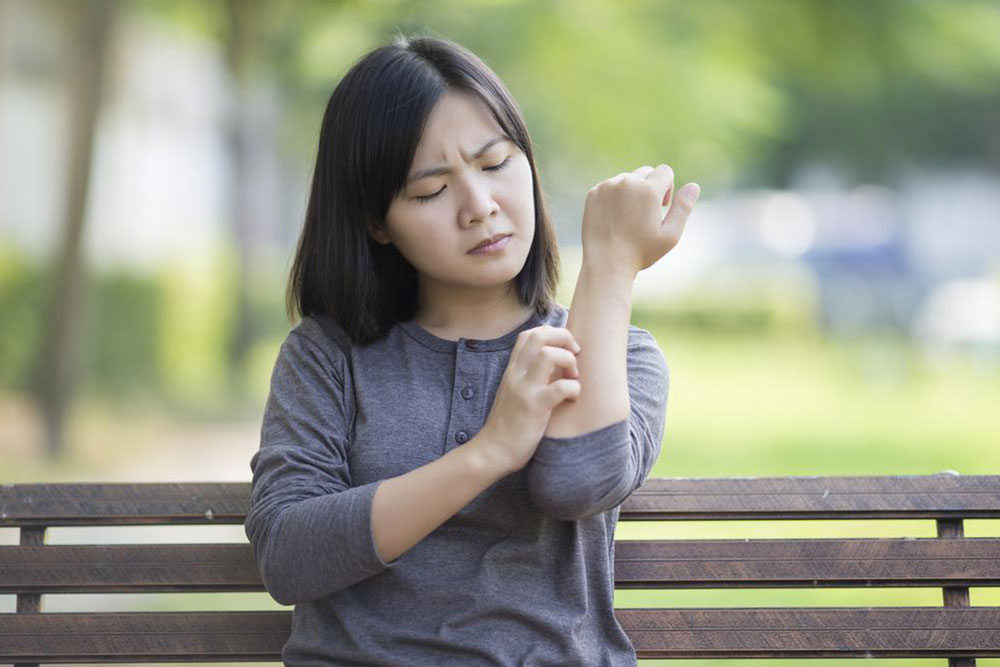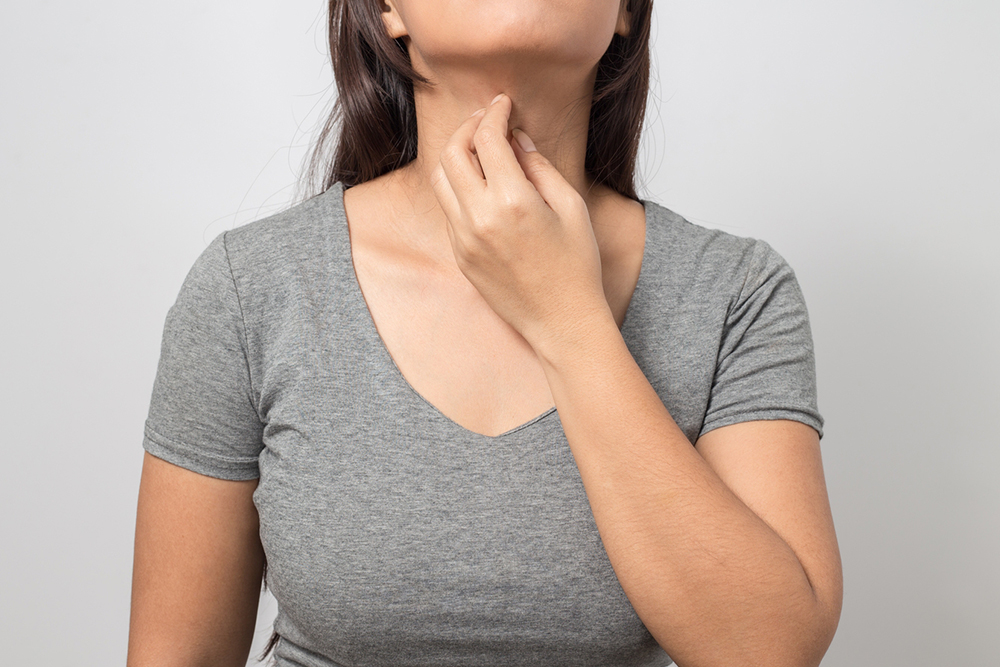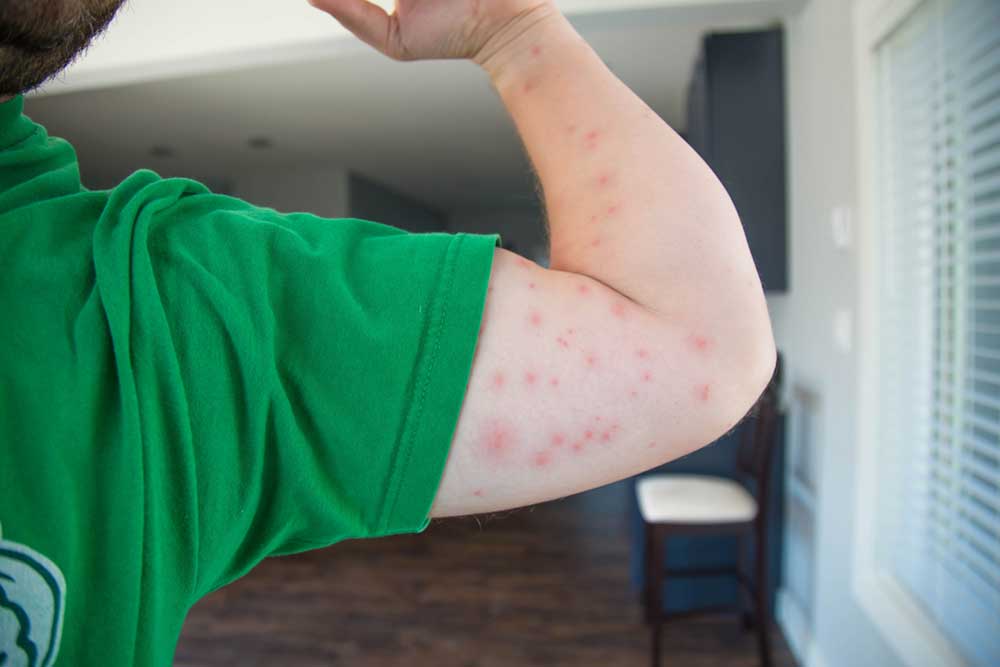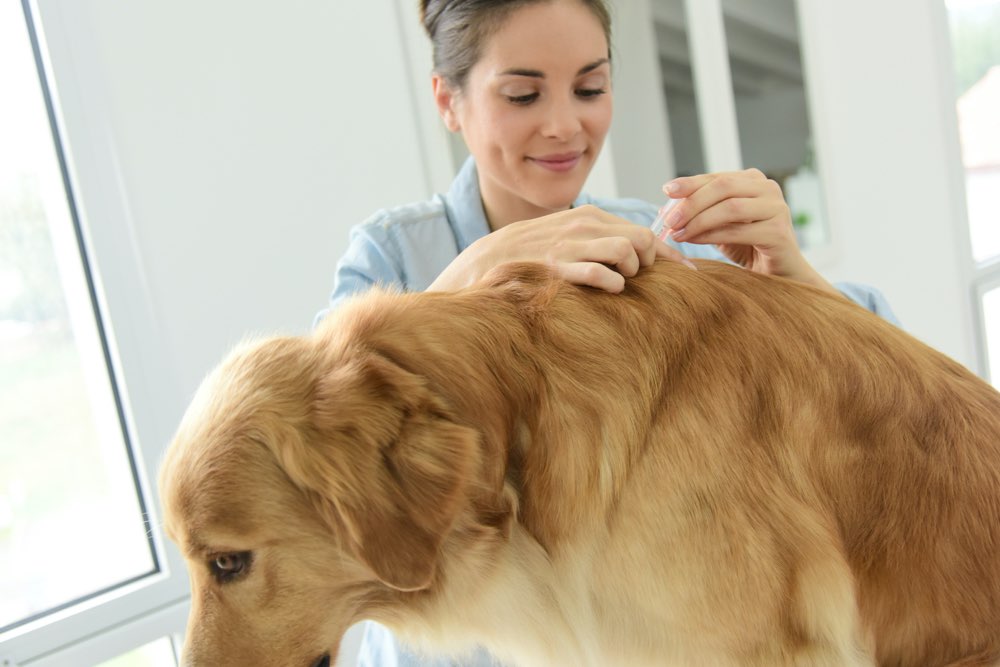Comprehensive Guide to Heat Rash: Causes, Symptoms, and Effective Treatment Strategies
This comprehensive guide explores heat rash, explaining its causes, symptoms, and various treatment options. Learn effective home remedies, preventive strategies, and when to consult a doctor. Stay comfortable and protect your skin during hot weather with these expert-approved tips.
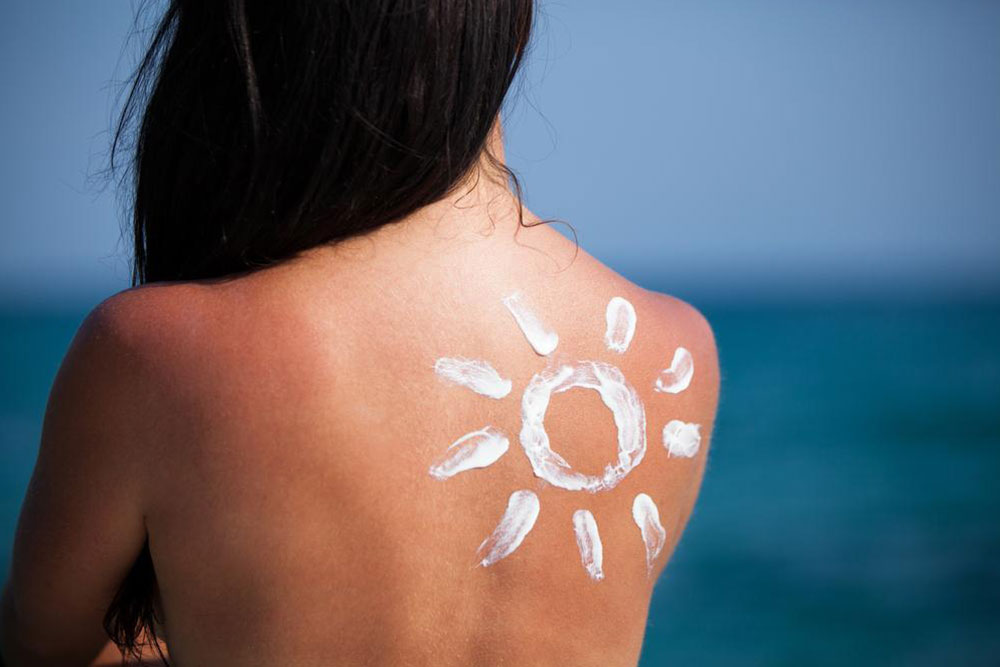
Comprehensive Guide to Heat Rash: Causes, Symptoms, and Effective Treatment Strategies
As the summer months approach, many people look forward to longer days, outdoor activities, and warm weather. However, for individuals who are prone to heat rashes, this season can bring significant discomfort and skin irritation. Heat rash, also known as prickly heat or miliaria, manifests as red, itchy bumps on the skin and can affect people of all ages, including adults, children, and infants. Understanding the causes, recognizing symptoms early, and employing effective treatment and prevention methods are essential steps in managing this common condition.
Heat rash occurs when sweat becomes trapped beneath the skin due to blocked sweat glands. This blockage results in inflammation and irritation, leading to the characteristic red bumps. The condition is especially prevalent in hot and humid environments where sweating is excessive, and the skin's ability to dry is compromised. While heat rash is usually harmless and resolves on its own with proper care, in some cases, it can become infected or cause persistent discomfort requiring prompt medical attention.
Understanding the different types of heat rash is crucial in selecting appropriate treatment strategies. Generally, there are three main types:
Miliaria crystallina: The mildest form characterized by clear, fluid-filled blisters that typically appear on the upper body and face. This type often clears up naturally without treatment.
Miliaria rubra: Presents as red, itchy bumps commonly observed on areas exposed to friction or sweating, such as the neck, chest, back, and limbs. It causes a prickling or stinging sensation and may last a few days.
Miliaria profunda: A more severe, less common form where the rash appears as deeper, flesh-colored bumps. Recurrent or severe rashes may lead to inflammation beneath the skin, resulting in persistent discomfort.
Diagnosis typically involves a physical examination by a healthcare professional to recognize the characteristic skin changes and symptoms. While heat rash is generally uncomplicated, distinguishing it from other skin conditions is vital, especially if the rash persists, worsens, or shows signs of infection such as pus or increased redness.
Effective Remedies and Preventive Measures
Managing heat rash involves both treating existing symptoms and taking steps to prevent future episodes. Mild cases often improve with simple measures at home, while more severe cases may require medical intervention.
Home Remedies and Over-the-Counter Treatments
To soothe irritated skin, the following treatments are recommended:
Gentle cleansing: Wash affected areas with cool water and mild soap to remove sweat, dirt, and excess oils. Be sure to dry the skin thoroughly.
Cold compresses: Applying cool, damp cloths can reduce inflammation and provide immediate relief.
Topical applications: Use over-the-counter remedies such as calamine lotion, hydrocortisone cream, or soothing gels to alleviate itching and discomfort.
Oatmeal baths: Soaking in lukewarm water infused with colloidal oatmeal has anti-inflammatory properties that help calm irritated skin.
Sandalwood paste and Fuller’s earth masks: Natural remedies like sandalwood paste or clay masks can soothe the skin and absorb excess moisture.
Baking soda solution: A weak baking soda paste applied to the rash may provide relief from itching.
Preventive Strategies to Avoid Heat Rash
Prevention is often more effective than treatment. To reduce the risk of heat rash, consider adopting the following habits:
Wear loose, breathable clothing: Natural fabrics like cotton allow air circulation, helping keep the skin dry.
Stay hydrated: Drinking plenty of water helps regulate body temperature and reduces sweating.
Limit sun exposure: Seek shade during peak sunlight hours and avoid excessive time in hot environments.
Maintain skin hygiene: Regularly shower to wash away sweat, oils, and bacteria that can clog sweat glands.
Avoid heavy creams and lotions: Use light, non-comedogenic products that do not block pores.
Keep affected areas dry: Use talcum powder or anti-chafing powders if necessary to reduce moisture build-up.
When to Seek Medical Attention
Most cases of heat rash resolve quickly with home treatment. However, consult a healthcare provider if:
The rash persists beyond a few days or worsens despite home remedies.
Signs of infection develop, such as increased redness, swelling, pus, or pain.
The rash is accompanied by fever, chills, or other systemic symptoms.
Severe or recurrent rashes occur, especially in infants or individuals with underlying health conditions.
In some situations, a healthcare professional might prescribe topical or oral medications, particularly if bacterial infection or other complications are suspected. Proper diagnosis and tailored treatment ensure quicker recovery and prevent complications.
Conclusion: Embracing Skin Care During Hot Weather
Heat rash is a common, yet manageable skin condition that can cause significant discomfort if not addressed promptly. By understanding the causes and recognizing the symptoms early, individuals can implement effective treatment strategies and preventive measures to keep their skin healthy. Maintaining good hygiene, staying hydrated, wearing appropriate clothing, and avoiding excessive sun exposure are simple yet powerful steps that can greatly reduce the incidence of heat rash. For persistent or severe cases, seeking professional medical advice ensures proper care and swift recovery. Embrace these skin-friendly habits to enjoy the summer months with confidence and comfort, free from the irritation of heat rash.
